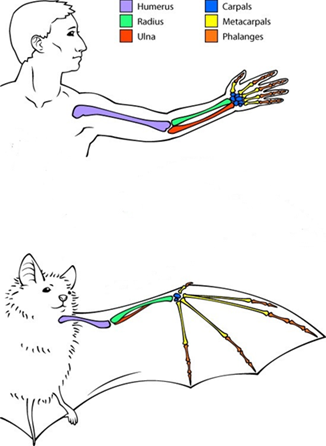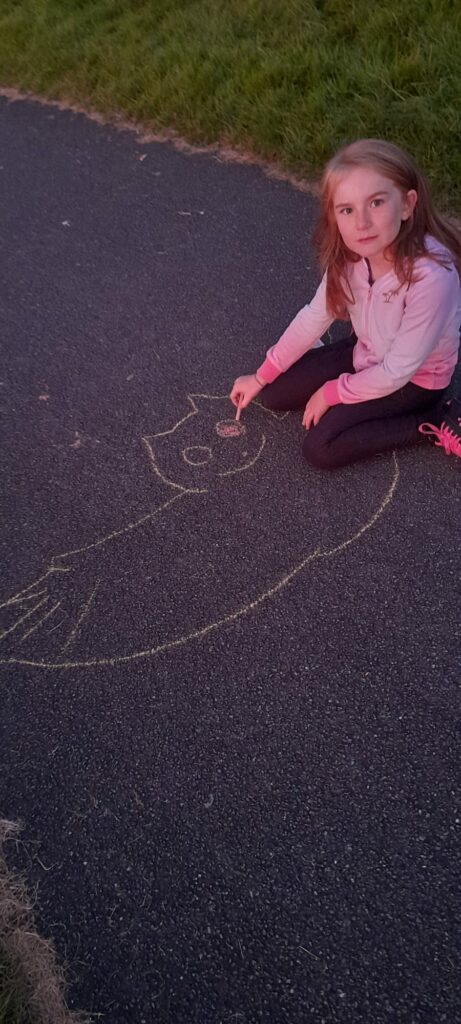Dark Skies for bats’ Storyboard
There are 17 species of bat in the UK. Did you know that the Bannau Brycheiniog National Park is home for the UK’s largest population of the rare, Lesser Horseshoe bat found in the Usk Valley. Bats are nocturnal animals and come out at night to feed. The Bannau Brycheiniog has the perfect landscape for bats. To survive they needs ponds, rivers and lakes, woodlands, hedgerows and old building. When there is too much light pollution, they think it is still daytime and do not feed. Therefore, having dark skies in the Bannau Brycheiniog is not just good for us to enjoy the night sky but is also important for wildlife that depend on dark skies too.
We would like you to create a storyboard for an advert to promote dark skies in your area and to raise awareness of how light pollution can affect bats. Your storyboard doesn’t need to be perfect or artistic, stick people will do! Keep your story simple as you only have 6 frames to tell it in.
Storyboard work sheet
Planting for moths and bats
We all know how important it is to plant nectar rich plants for butterflies and insects but have you considered planting for the night shifters? Moths are attracted to certain flowers and plants that release their scent in the evening, which in turn attracts bats. You could spend some time planting Honeysuckle, Evening Primrose, Buddleia or Jasmine which are all rich in night time nectar. When pupils and staff go home the night shifters take over!
Did you know that the Bannau Brycheiniog National Park has one of the largest populations of the rare, Lesser Horseshoe bat and that the Sulurian moth, a rare and endangered species of moth was discovered as a result of moth surveys undertaken on the Black Mountains.
Outdoor Art

Turn your class into a cauldron of bats
Did you know that bat wings have a very similar structure to our human hand and arm?
Try this fun chalking activity on your playground and turn your pupils into a class of bats!
What you will need
Chalks
Dry playground with a surface suitable for chalking/large roll of paper

Method
Demonstrate as below and then ask the children to work in small groups or pairs to draw lots of bats on the playground.
1. Ask for a volunteer to lie down on the playground with their arms outstretched to the side and their thumbs and fingers stretched out too.
2. Draw around the pupil’s head, adding large bat ears to help with hearing.
3. Draw along the shoulder and upper arm and then using the thumb and forefingers as guidelines draw bat wings. See diagram for extra help.
4. Once the wings are finished, ask the pupil to stand up. Finish the drawing with little eyes (bats are not actually blind and can see about as well as we can in the daytime, but mainly use their echolocation skills to get around as it is dark when they are flying around) a furry body, little legs (bats can crawl but don’t have big legs) and hooked toenails!
Opportunity for writing: Add labels to the different parts of the body.